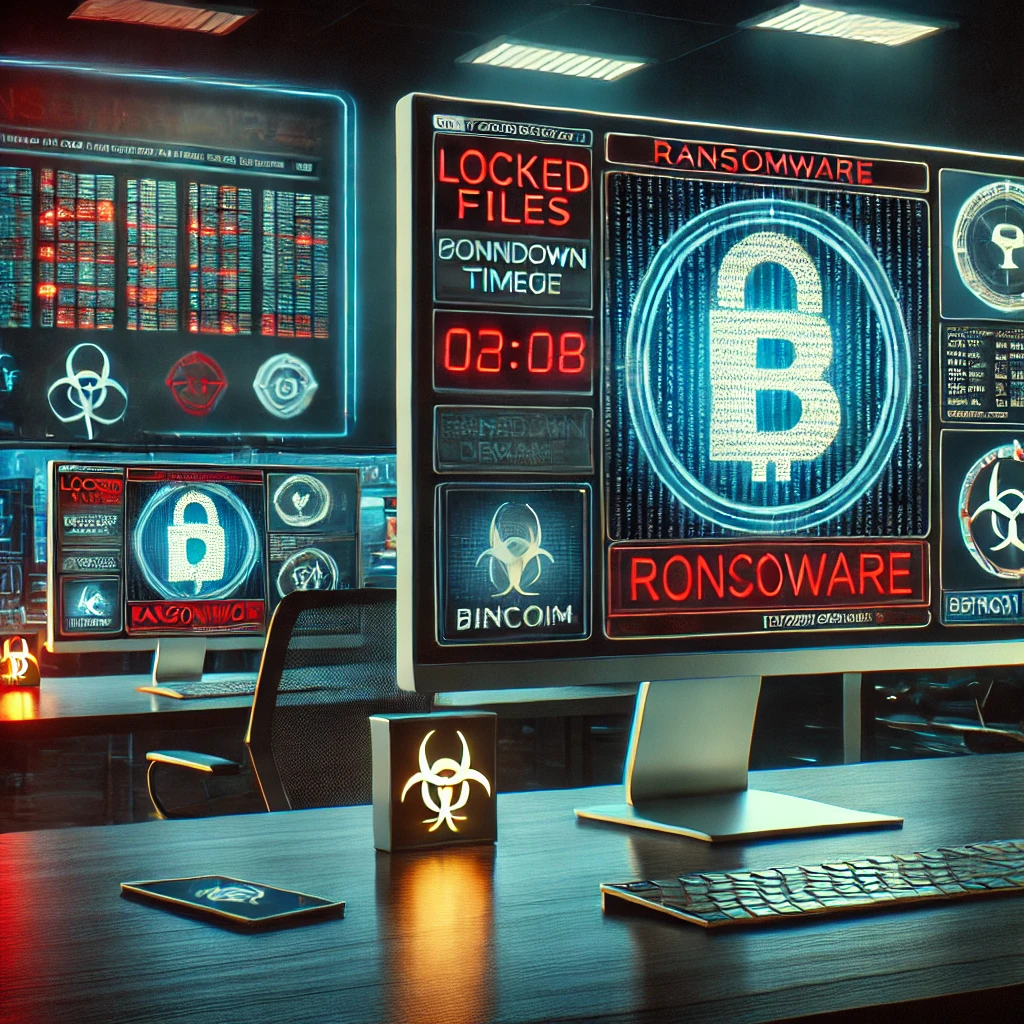Understanding the CDK Global Ransomware Incident
In June 2024, CDK Global, a major provider of software solutions for car dealerships, became the latest victim of a high-profile ransomware attack. This incident disrupted operations across numerous car dealerships in the U.S., causing significant delays and financial losses. The attack was attributed to the BlackSuit ransomware group, who reportedly demanded a ransom of $25 million in Bitcoin to restore the compromised systems.
This attack highlights the vulnerabilities even well-established technology firms face when targeted by sophisticated ransomware groups. The significant ransom payment underscores the pressure companies face to restore their operations swiftly, despite the potential long-term consequences of complying with cybercriminals.
The Ransomware Threat: A Growing Concern
Ransomware attacks have surged in recent years, affecting industries from healthcare to finance, and now, the automotive sector. The CDK Global incident serves as a stark reminder that no organization is immune to such threats. Ransomware typically involves encrypting a victim’s data and demanding a ransom for the decryption key. If the ransom is not paid, the attackers may leak or permanently delete the data, creating severe reputational and operational damage.
Lessons Learned from the CDK Global Attack
1. Importance of Proactive Cybersecurity Measures
The CDK Global ransomware incident underscores the need for robust cybersecurity strategies. Companies should invest in advanced threat detection systems, regular security audits, and employee training to recognize phishing attempts and other common attack vectors.
2. Incident Response Planning
A well-structured incident response plan is critical for minimizing the impact of ransomware attacks. This plan should include steps for isolating affected systems, communicating with stakeholders, and working with law enforcement and cybersecurity experts to address the breach.
3. Data Backups and Encryption
Regular data backups can significantly reduce the leverage ransomware attackers have. In CDK Global’s case, having secure, up-to-date backups could have potentially avoided the need to pay the ransom. Encryption of sensitive data ensures that even if it is exfiltrated, it remains useless to the attackers.
4. Third-Party Risk Management
Organizations must also consider the cybersecurity posture of their third-party vendors. The interconnected nature of the modern business ecosystem means that a vulnerability in one company can expose others to similar risks.
5. Legal and Financial Implications
Paying a ransom is not only a financial burden but can also have legal ramifications. Companies may face regulatory scrutiny and potential lawsuits from affected customers. Moreover, paying ransoms could incentivize further attacks, creating a vicious cycle of cybercrime.
The Role of Governments and Regulatory Bodies
Governments and regulatory bodies must play an active role in combating ransomware by establishing stringent cybersecurity regulations and encouraging information sharing between the public and private sectors. Initiatives like mandatory reporting of ransomware attacks and collaboration on threat intelligence can help build a more resilient cybersecurity landscape.
Conclusion: A Call to Action for the Tech Industry
The CDK Global ransomware attack is a wake-up call for the entire technology sector. As cyber threats evolve, so must the defenses employed to counter them. Companies should prioritize cybersecurity not as a cost but as a critical component of their overall business strategy. By learning from incidents like this, the tech industry can better protect itself against future threats, ensuring business continuity and safeguarding customer trust.









